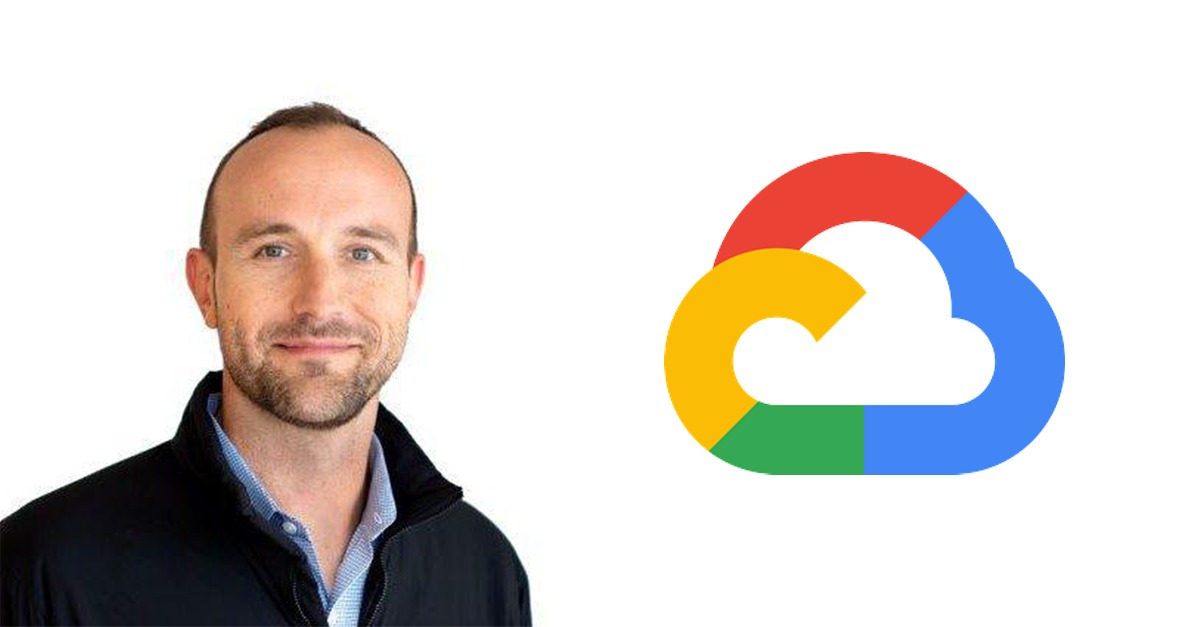These days, being an in-house tech leader is an expansive and ever-evolving job, with responsibilities and stakeholders that can extend throughout the organization as well as to vendors and customers.
Whether the title in your email signature says chief information officer, chief technology officer, chief data officer, or chief digital officer, my goal is to help you stay at the top of your game.
To kick things off for the first newsletter, I talked to Will Grannis, VP and CTO of Google Cloud, the Alphabet division that generated $33 billion in revenue last year.
Grannis has a unique perspective in this role which involves working closely with CIOs and CTOs at other companies to help them get the most out of Google’s cloud offerings.

“The most important thing a technology function can do is harmonize the possibilities of what we build with what’s going to be most valuable for our customers,” he says.
Today, when Grannis meets with customers, AI is top of mind. “The number one question is AI, and specifically generative AI,” says Grannis. Customers are trying to figure out the right mix of AI models to use for specific use cases and cost optimization.
Most companies Grannis speaks to are at one of two stages regarding AI. The first is learning mode, with companies simply trying to understand generative AI and the opportunities of deploying the tech.
The second stage is what Grannis calls “summarization and synthesis of existing documents and data”—using AI to help employees access the jumble of internal data scattered throughout a company.
“If you’ve ever been a CIO of a large, Fortune 500 company, you’ve had a knowledge management project of some form or fashion over the last 10 or 15 years, and most of them have been very difficult to achieve,” Grannis says.
“Today, with conversational AI and generative AI, you can just ask questions of your data stores and get back summarized and synthesized information. It’s a very straightforward use case.”
One of the most curious things I learned talking to Grannis is that Google Cloud had an Office of the CTO for years before it had an actual CTO. In 2016, shortly after Grannis joined the company, he created a new Office of the CTO at Google Cloud and served as its managing director.
The Office of the CTO was an empty room with a little placard that said “CTO.” This was a spot that was reserved for customers.
The concept was that important customers were put in the center. Google then built a peer group around them—including Google’s technology experts and former enterprise CTOs—who could share insights and advice to tackle complex technology questions.
In 2020, Grannis was named Google Cloud’s CTO, but the Office of the CTO’s mission of providing customers with a team of trusted advisors remains unchanged.
“No single human is being capable of being the authority on the span of engineering and technology topics that often fall underneath cloud or AI,” Grannis says.
I conclude our chat by asking Grannis what his favorite part of his job is—a question that will be on my mind in the months ahead as I continue to write this newsletter. What makes being a CTO or CIO so fascinating?
“The best part of my job is getting to work with people who are trying to solve difficult problems and playing some small part in helping them build a team, integrate technology, and solve their customers’ problems,” says Grannis. “This role is a privilege.”


